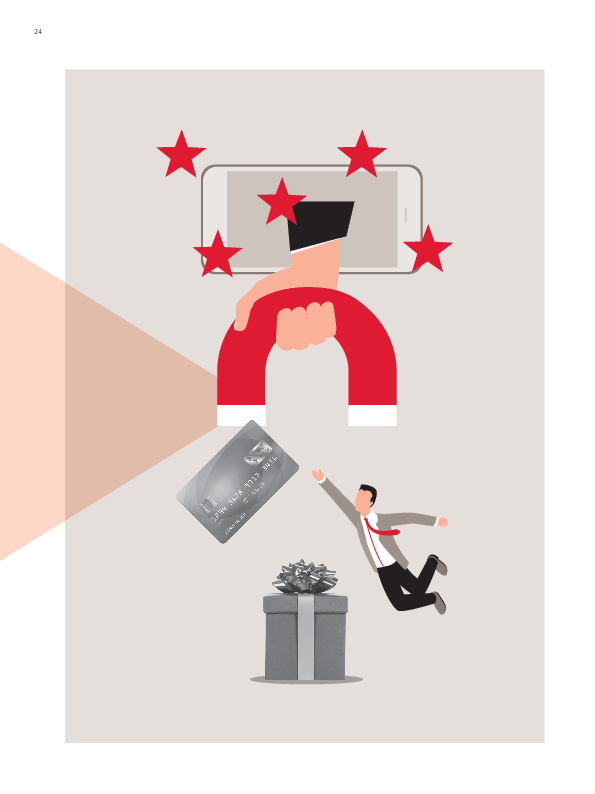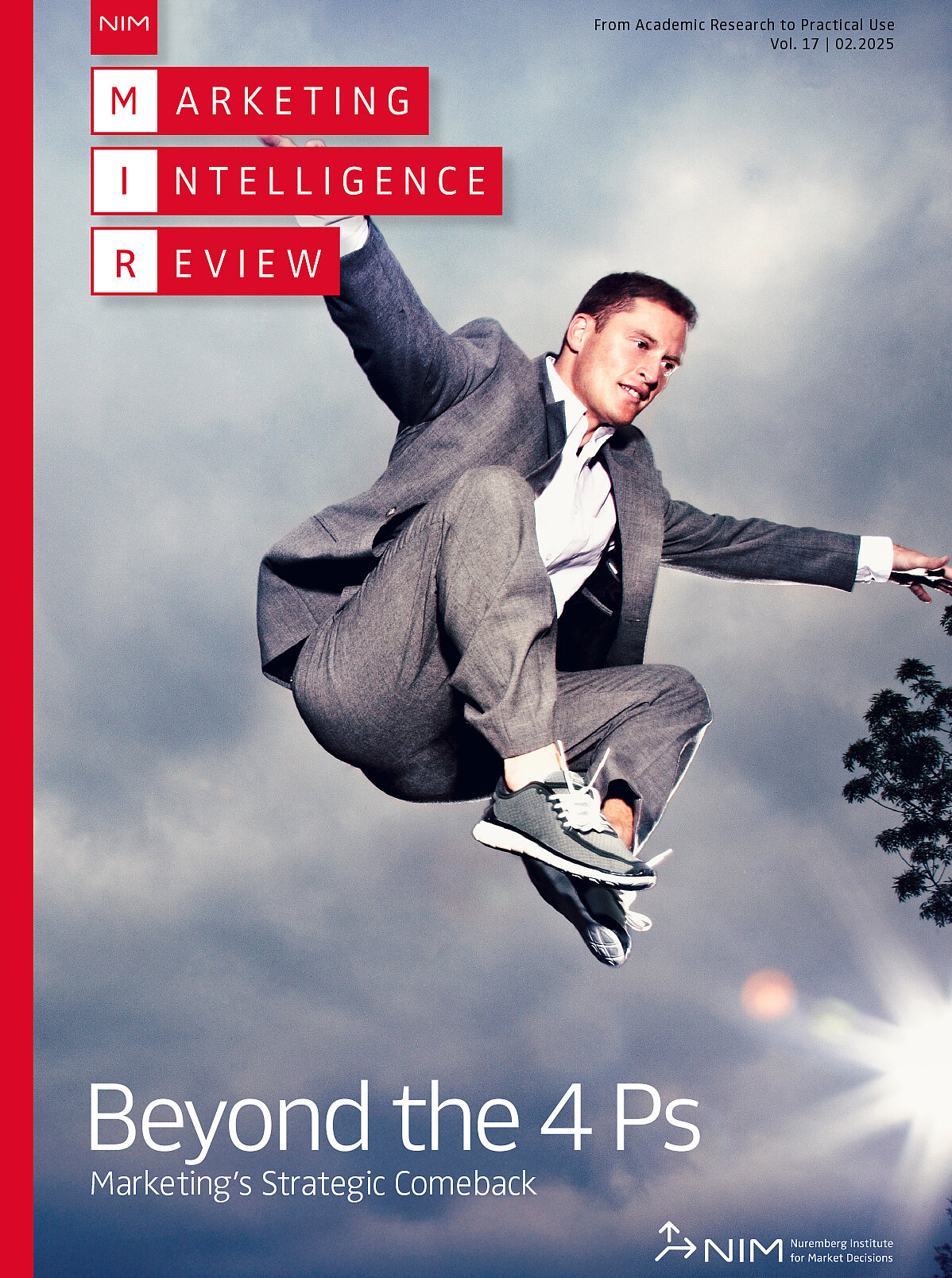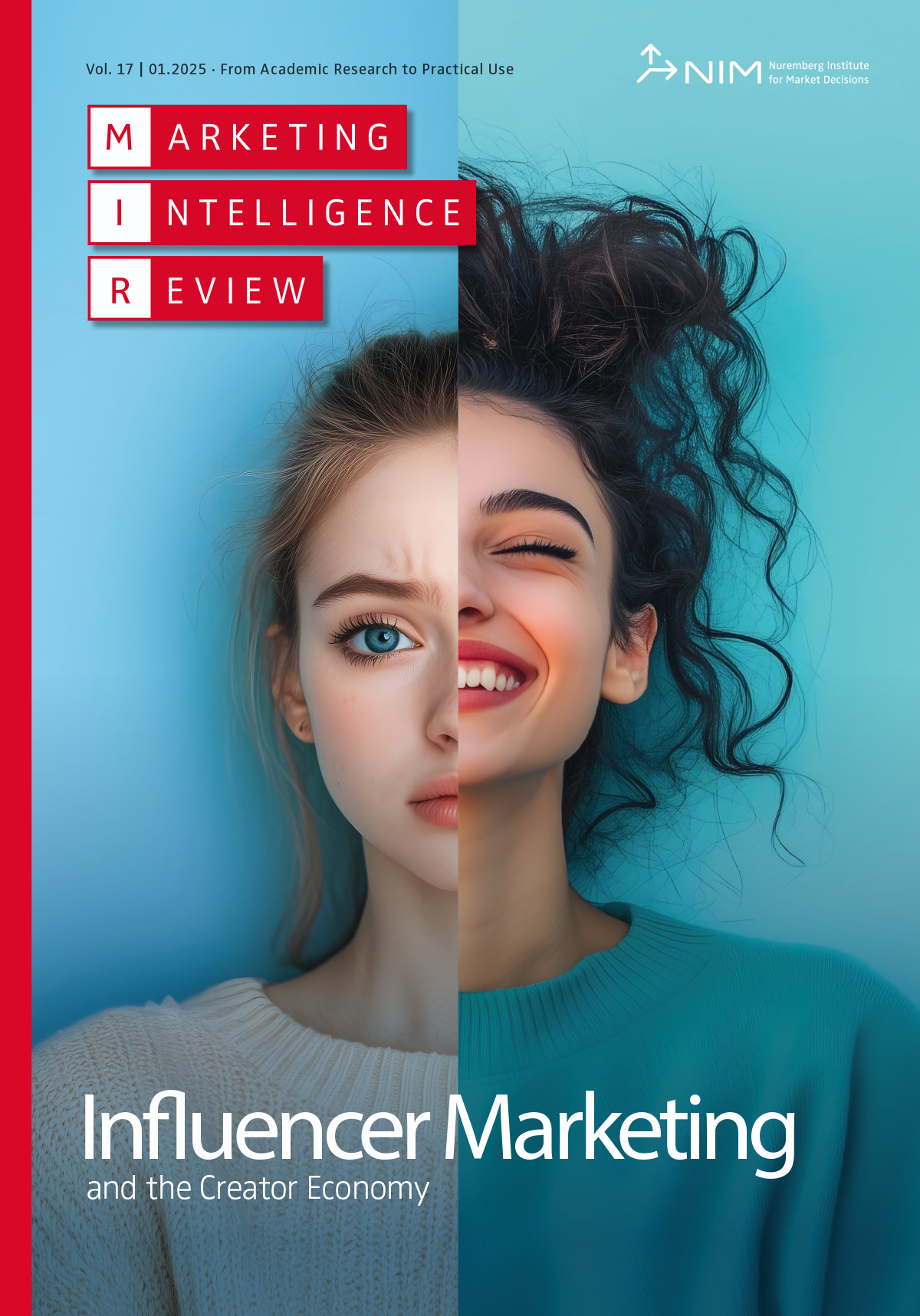Keeping Loyalty Programs Fit for the Digital Age
Matilda Dorotic
Though some managers question the success of loyalty programs (LPs), the core idea of leveraging information gained through loyalty initiatives remains stronger than ever. But as LP membership penetration reaches all-time highs, customers demand more value from LPs.
LP managers should leverage opportunities that mobile devices offer in increasing the convenience and communication with LP members. The integration of LPs with digital payment systems like mobile wallets seems particularly promising. Another way to become more attractive is by forming partnerships with other companies at which customers can collect and/or redeem points. Such partnership LPs hold appeal for retailers, particularly if potential partners might benefit from synergies. In the future of linked data, companies further need to be more flexible in terms of the types of customer engagements that will be rewarded. Many companies already move towards rewarding not only on past transactions, but also activities on social media. In the digital age, customers still enjoy some form of loyalty rewarding and expect retailers to acknowledge their purchases as investments in relationships.

![[Translate to English:] [Translate to English:]](/fileadmin/_processed_/4/3/csm_reinartz_intro_vol_11_no_1_dt_424811060e.png)
![[Translate to English:] [Translate to English:]](/fileadmin/_processed_/0/6/csm_ramaswamy_ozcan_vol_11_no_1_dt_df51cfc30e.png)
![[Translate to English:] [Translate to English:]](/fileadmin/_processed_/6/a/csm_reinartz_wiegand_vol_11_no_1_dt_dd1f598120.png)
![[Translate to English:] [Translate to English:]](/fileadmin/_processed_/6/e/csm_shankar_vol_11_no_1_dt_ba4c32b686.png)
![[Translate to English:] [Translate to English:]](/fileadmin/_processed_/f/2/csm_linzbach_ea_vol_11_no_1_dt_9dd0213a82.png)
![[Translate to English:] [Translate to English:]](/fileadmin/_processed_/d/f/csm_buder_ea_vol_11_no_1_dt_53d9a1ecba.png)
![[Translate to English:] [Translate to English:]](/fileadmin/_processed_/a/1/csm_2019_nim_mir_future_of_retail_english_ebay_4dfba03c8e.png)


